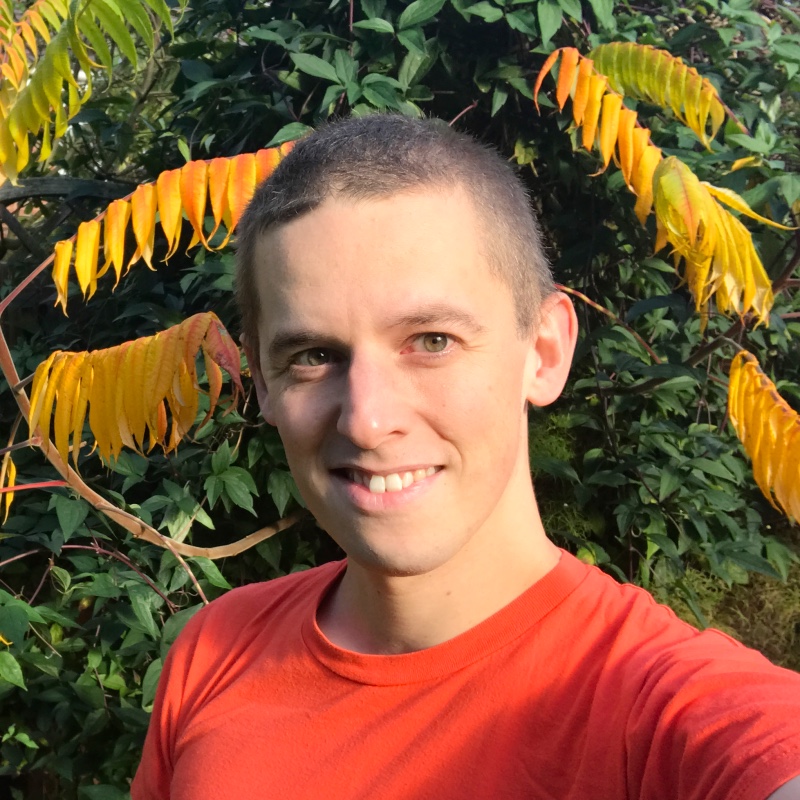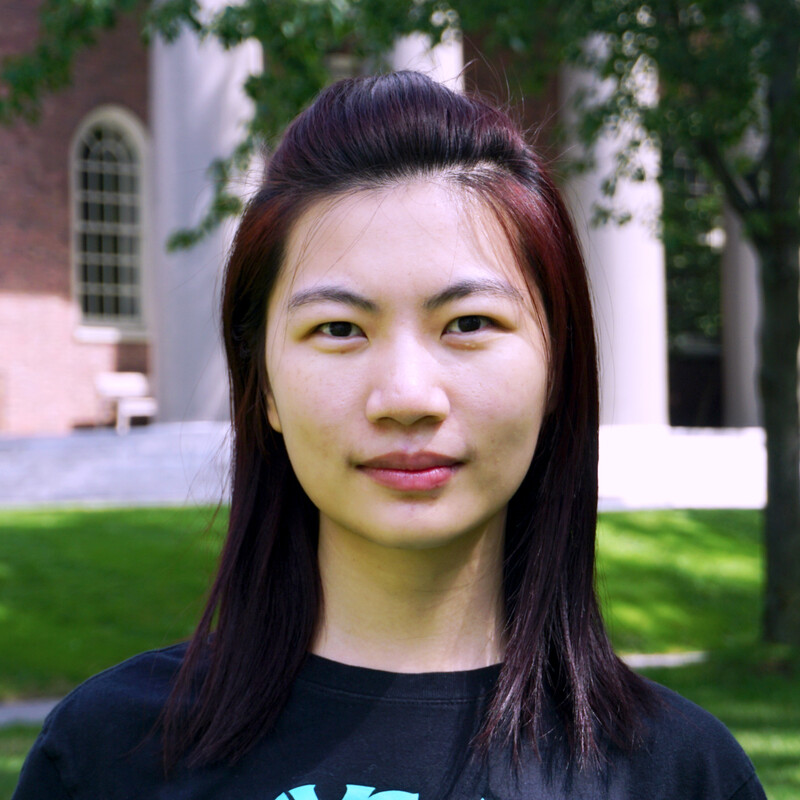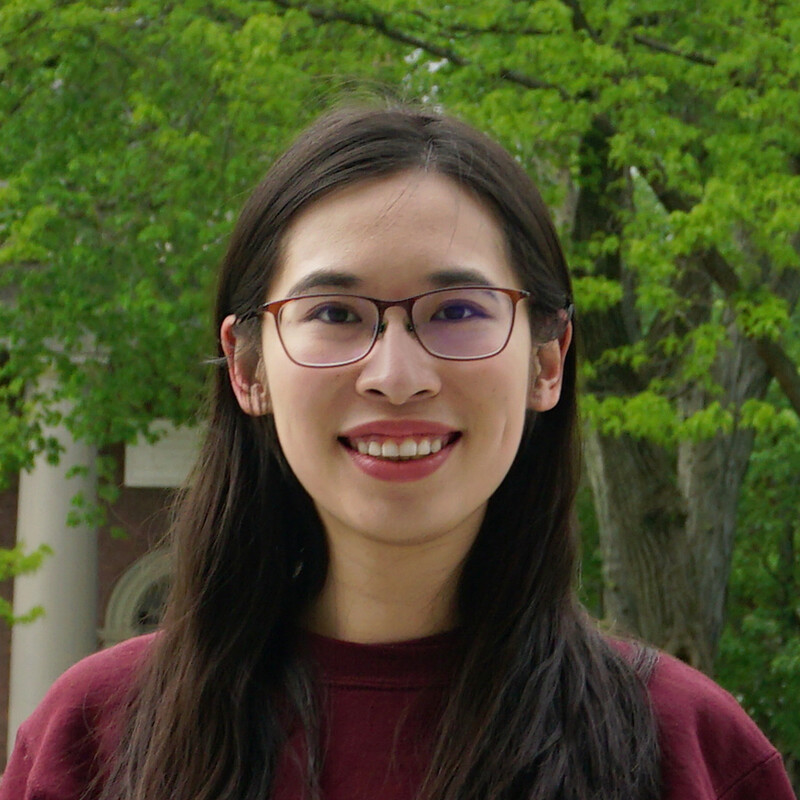Harvard Applied Math 205
Advanced Scientific Computing: Numerical Methods
Introduction
Scientific computing has become an indispensable tool in many branches of research, and is vitally important for studying a wide range of physical and social phenomena. In this course we will examine the mathematical foundations of well-established numerical algorithms and explore their use through practical examples drawn from a range of scientific and engineering disciplines.
Videos
- A small information session was held at 2pm–3pm on Wednesday August 26. A recording of the session is available on Panopto.
- Due to A/V issues with the new hardware in the Allston SEC, a video was not recorded of lecture 1. To make up for this, a re-recorded version is available.
Quick links
- AM205 Canvas site for Zoom lecture links and homework submission
- AM205 YouTube channel for videos on course material
- AM205 Github repository for code examples
- AM205 Github repository for group activity files
Teaching team
Course information
A more detailed description of this information can be found in the course syllabus.
- Lectures
- Monday & Wednesday 11:15am–12:30pm ET in the SEC, room LL2.224
- Textbook
- Scientific Computing: An Introductory Survey, by Michael T. Heath.
- Homework
- There will be five homework assignments. The first is due on Thursday September 23rd, and the remainder are due at roughly two week intervals. Homework assignments will be due at 5pm ET on the course Canvas page. In addition, an introductory homework assignment 0 is provided, which is ungraded but designed for you to refresh your familiarity with programming.
- Academic integrity policy
- Discussion and the exchange of ideas are essential to doing academic work. For assignments in this course, you are encouraged to consult with your classmates as you work on problem sets. However, after discussions with peers, make sure that you can work through the problem yourself and ensure that any answers you submit for evaluation are the result of your own efforts. In addition, you must cite any books, articles, websites, lectures, etc. that have helped you with your work using appropriate citation practices. Similarly, you must list the names of students with whom you have collaborated on problem sets. Using homework solutions from previous years is forbidden.
- Grades
- The final grade will be based on homework assignments (62%), group activities (6%), and the final project (32%).
- Final project
- This document contains details about the final project organization. In general, the final project will be completed in groups of two or three students. Single person or multi-person projects are also allowed with instructor permission. Each group will propose a project topic drawn from an application area of interest. The project should make use of concepts covered in the course. The project should be roughly equivalent in scope to a section of a published research article. You will be required to write software to solve your problem, and to submit a report that includes a mathematical discussion of your methodology in relation to the theory covered in the course. Projects will be assessed based on a written report, and the quality and correctness of software. Code should be well-documented and should be organized so that figures submitted in the report can be easily reproduced by the graders.





